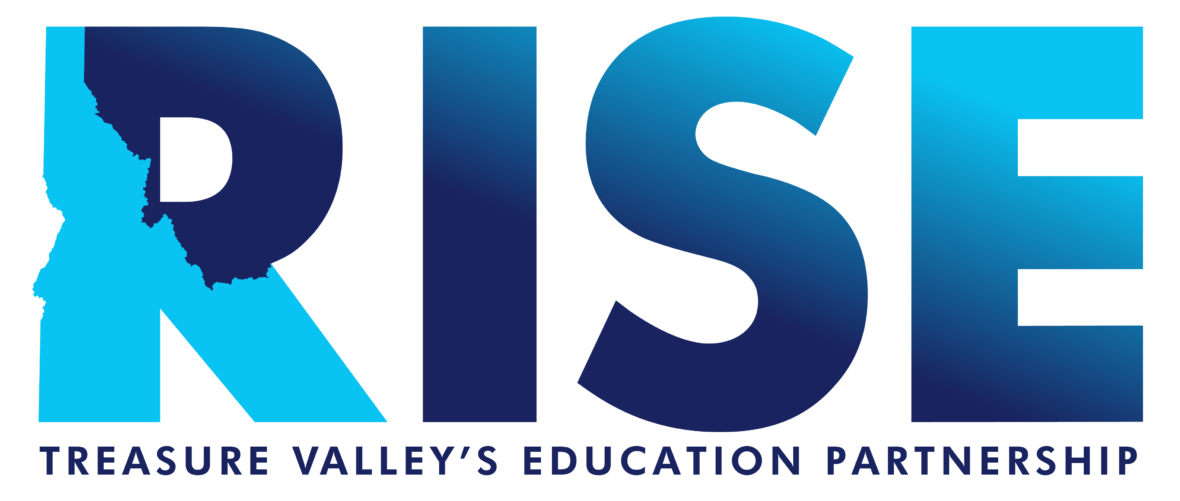Local Control. Regardless of what political side you stand on, we can all agree on that. We, as Idahoans, want local control over decisions made in our communities. As voters, we want the right to choose where our hard-earned money goes and what it pays for. This doesn’t change when it comes to our local schools and the bonds that have become necessary to run them.
The Idaho legislature is considering a bill (HB 512) which would require school districts to wait a year before rerunning a failed bond. This is a decision best left to local communities and districts.
School board members and superintendents are sensitive to the needs of their communities. Generally, if a bond election is attempted more than once within a year, there is a desperate need. Given skyrocketing inflation and rapidly rising labor and material prices, forcing districts to wait a full year to rerun a bond election could increase the overall costs and potential tax impact.
Locally elected school boards often modify the ballot question when the “yes” vote on a bond fails to reach the 2/3 bar. They can choose to reduce the amount of indebtedness or modify its proposed uses. However, they shouldn’t have to wait for more than a year to address serious facility concerns if the need is dire. Community patrons should be trusted to judge the quality of a proposed bond, and to make decisions for the benefit of their locale.
If the legislature wants to be of assistance, it should consider changing the criteria for passage of a bond. Idaho is one of only two states that maintains a constitutional requirement of a “Supermajority” or 66 2/3 percent voter approval to successfully pass a bond. This is an incredibly high hurdle to overcome. As a result, only 41 percent of the 120 bond elections conducted in Idaho between 2011 and 2020 received voter approval.
An additional solution would be for the legislature to provide direct allocations to districts for the annual upkeep of buildings. Doing so would demonstrate a good faith effort to support local school needs and would comply with the three existing Idaho Supreme Court rulings in favor of school districts and their facility needs.
With a significant budget surplus, the time is now for our legislature to provide the necessary funds to address the building needs of our students.
The Bond Process
For many superintendents and school boards, bond is a four-letter word. Aside from painful employee terminations or student expulsions, almost nothing equals the dread that comes with proposing a school bond to patrons.
Before going public with a bond election, districts must establish a definite building plan complete with architectural drawings, construction cost estimates, determine accurate tax impact of the measure, and develop the bond ballot legal language.
Facilitating the bond campaign is time consuming and exhausting for school leaders. Superintendents and board members hold numerous meetings with patrons, write informational articles, conduct interviews, and explain bond impact to employees, farmers, ranchers, business owners, city and county officials, community service groups and parents. All the while, they must lead the school district and ensure that all district operations are progressing effectively.
After proposing a bond, critics come out in force and frequently attack the superintendent and board personally for all their faults, real and perceived. The harsh criticism online is particularly relentless and exacts a heavy toll on school leaders and their families.
Thus, most superintendents will do virtually anything to NOT hold a bond election, even though many of our existing school buildings are dilapidated, antiquated, too small to accommodate a growing student population, and were not designed to accommodate modern technology. But when it’s raining inside classrooms, or children must walk into the main building from a portable classroom to use the rest room, they know the bond is worth it for the students.
Yes, crumbling, dilapidated school buildings are a major issue in most Idaho school districts. Let’s work to make the daunting process of running a bond more manageable, rather than making it more difficult. And leave the decision-making to the local community.

